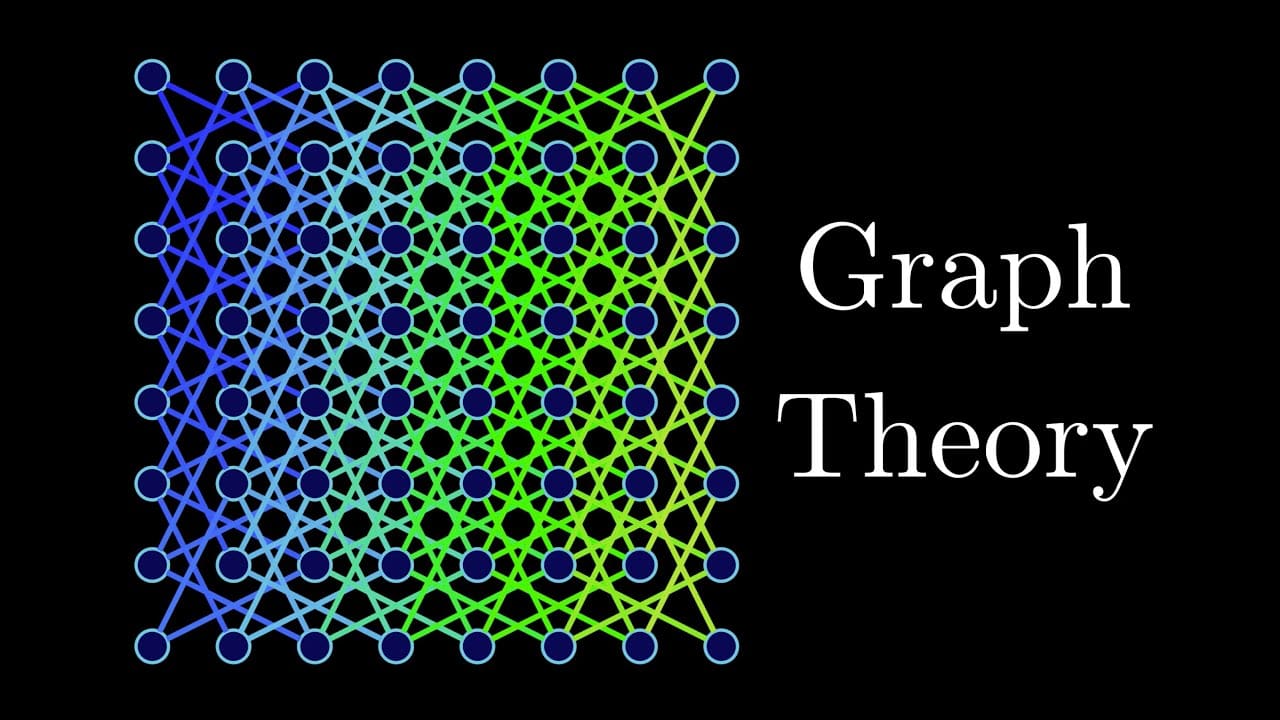Graph Theory
Graph theory is a branch of mathematics used to study networks of nodes, or vertices, and their relationships. It is used in a variety of disciplines such as computer science, engineering, and biology.
History
Graph theory was first studied in 1736 by the Swiss mathematician Leonhard Euler, who solved the problem of finding a route through the city of Königsberg, which had seven bridges connecting four islands. This problem was solved using a graph, which is essentially a network of nodes and directs connections.
Definition
Graph theory is the study of graphs, which are mathematical structures consisting of a collection of vertices and edges. Vertices are the nodes in the graph and edges are the lines or curves connecting the nodes. The edges are used to represent relationships between the nodes. Graphs may be directed or undirected, and can be weighted to represent different strengths or values of the relationships.
Applications
Graph theory has many applications in computer science, engineering, and biology. In computer science, graphs are used for network analysis, graph algorithms, and visual representations of data. In engineering, graphs can be used to represent finite state machines or to model control systems. In biology, they are used for analyzing the structure of proteins and complex biological molecules. Other applications of graph theory include the navigation of the World Wide Web, game theory, and data mining.






